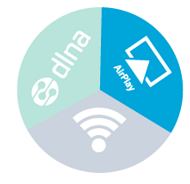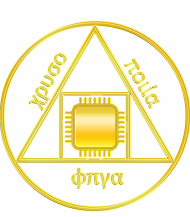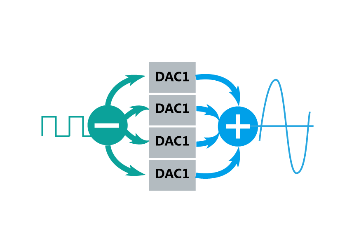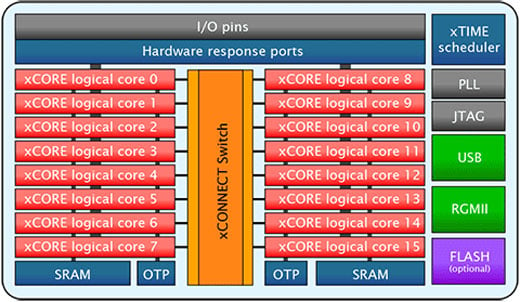Preview – Pro series - part 3/5
Even more jaw-dropping features
Hi-Res Network Audio

As the flagship in iFi Audio’s formidable fleet of DACs, the iDSD Pro is extremely highly specified. In addition to traditional inputs, it features:
- WiFi/network playback system with leading streaming services (see below)
- MQA decoding onboard for the maximum quality of playback via MQA music files or streaming.
- Wide protocol support including Airplay and USB Memory/Hard Drive/SD Card playback to make a full standalone streamer/network audio player with 32 Bit/192kHz & DSD64 support.
The iDSD Pro gives you plenty of options for playing music online. Here are a few of them:
- Play direct from SD card
- Airplay Network Audio Playback from iPhone, iPad, Mac Computers
- Use Digital Living Network Alliance (DLNA) to playback from smartphones, tablets and Windows/Linux computers
- Stream playback from Amazon Music, Audible, Spotify, TIDAL, Napster, Spotify Connect, and QQPlayer
- Playback from Hard disk drive, USB Memory or SDHC Memory Card
- Playback from Network Attached Storage (NAS)
 Zero Jitter for all inputs
Zero Jitter for all inputs
For all inputs data is sent to the aforementioned Memory Buffer, which iFi describes as ‘large’ and ‘elastic’. Here it is de-jittered to eliminate any transmission of source jitter to the DAC output. The data from the Memory Buffer is further re-clocked by with the low-jitter Global Master Timing® clock, which also drives the X-Core 200 & FPGA.
Click on this more information on iFi’s jitter solution:
http://www.amr-audio.co.uk/html/dp777_tech-papers_jitter.html
Studio Remastering
While the X-Core 200 is favourable for USB Audio, AES/EBU/SPDIF decoding and decoding MQA, DSD, it is not the best platform for DSP, digital filters and PCM-to-DSD conversion. This is where the iDSD Pro’s Studio DSD Remastering system comes in. It excels at handling the Upsampling and Digital Filter duties and has at its heart the Crysopeia FPGA Digital Engine for digital filtering and PCM to DSD remastering, up to DSD1024.

Upsampling in hardware, on board has enabled iFi Audio to overcome the current USB limitation of DSD512 as well as implement multiple filters optimised for specific time-domain behaviour, including that of the DAC and Analogue stage, a level of optimisation not possible in generic software upconversion (as found in Foobar
et al).
The five filters available are:
- ‘Bit-Perfect’ No digital filtering is applied, 1 Tap
- ‘Bit-Perfect+’ No digital filtering is applied, 1 Tap
- ‘Minimum Phase’ Minimum filtering, no pre-ringing, minimum post ringing, 32 Taps
- ‘Apodising’ Modest filtering, no pre-ringing, modest post ringing, 128 Taps
- ‘Transient Aligned’ Max filtering, max Pre-Ringing, maximum Post-Ringing, 16,384 Taps
Stay tuned, there's more!












